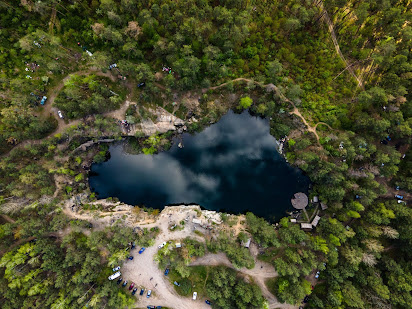Many
woodlands go undisturbed for centuries with so little human influence that you
would not know anyone had been there at all. However, as humans realise the
importance of woodlands and forestry so too do they see how important it is to
manage and monitor them. It is of particular importance to manage a woodland as
an individual and not assume that what works for one will work for all. For
instance, there is little point in managing a woodland for dormice when they
have never been found in the region before. Whilst if they were once present
then the woodland could be managed to encourage their return.
There
are many factors which must be considered when designing and implementing a management
strategy. Its current use for one, is it used for recreation or has it been
left abandoned? What are the plans for the future? Knowing this can change the
type of plan drastically. For example, if the woodland is to be used
commercially then the species and planting layout (i.e. in rows) are important. In a woodland to be used for conservation the tree species present are still
significant whilst the structure of the understory and canopy is of equal consequence.
Environmental issues such as flooding and drought must also be understood otherwise
increasing or decreasing the woodland could do more harm than good. So, you see
it is not a simple task to form a management plan that will actually work.




No comments:
Post a Comment